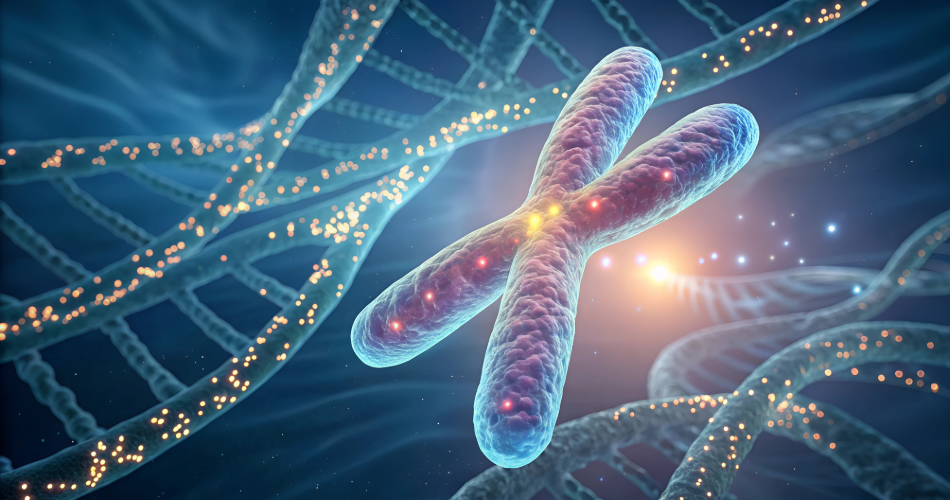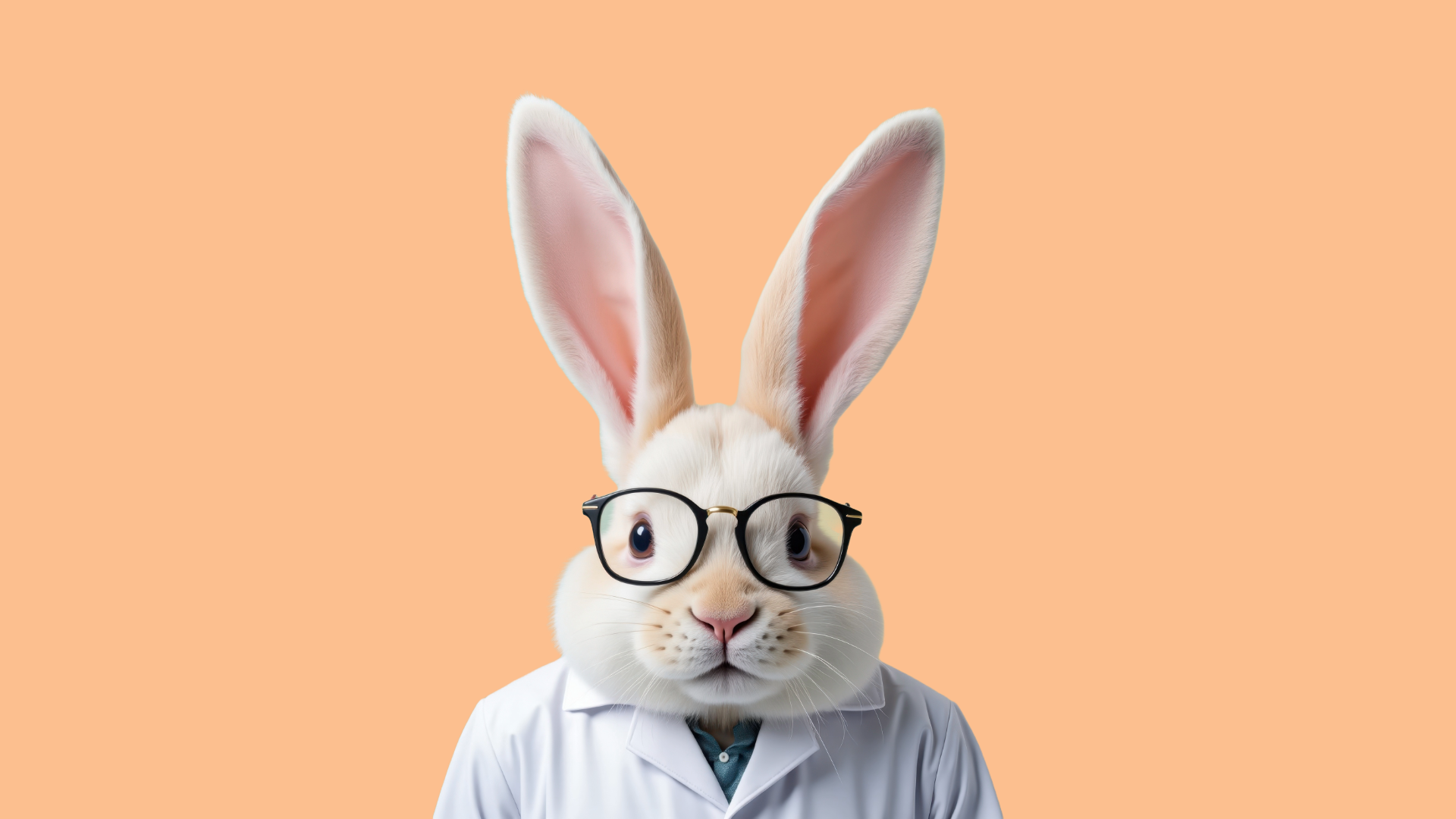
One thing the past couple of years have taught a lot of people is that global supply chains can be fragile. Amidst increasing awareness of reliance on long supply chains, demand has risen for fresh, locally produced food and consumers are demanding choice of high-quality products, produced in an environmentally sustainable way. But it’s not just the desire to ‘eat local’; the question remains of how best to maximise land use to feed an ever-growing global population.
What is vertical farming?
Vertical farming refers to systems of multi-layer crop production. Sometimes called ‘plant factories’, vertical farming systems are more often than not characterised by artificial lights and controlled growth conditions. The beauty of vertical farming is that it is not limited to conventional locations or setups. For example, companies such as Growing Underground have set up urban farming in disused tunnels below the Northern Line and LettUs Grow is producing a ‘DROP and GROW’ farm in a shipping container. Plants can grow on shelves, or even be vertically mounted on walls. Essentially, vertical farms can pop up wherever there is space, such as city centre car parks, etc. with the potential for reduced food miles and even produce going from ‘farm to fork’ on the same day.
Soilless cultivation systems
Many vertical farming systems use soilless cultivation. This can take the form of hydroponics (where plant roots grow in contact with a solution of water and nutrients) or aeroponics (where plant roots are suspended in air and fed using a nutrient-rich mist). Plants are supported by various growing mediums (e.g. peat, coir, green-waste compost, bark), especially during germination and seedling development. Nutrient delivery systems may then range from ‘true hydroponics’ or deep-water culture, where roots are fully submerged, to exposing the roots to a continuous shallow flowing ‘nutrient film’, flood-and-drain systems, drip-irrigation or treating roots with a fine mist generated using high pressure atomisation. Sensors can aid in fine-tuning nutrient levels by precision injection as nutrient solutions are recirculated through the system.
These systems provide several advantages such as efficient water and fertiliser use, and dramatically reduced chemical run off into the environment. Growers can monitor plant growth (e.g. development of root systems) without the need for uprooting, and plants are generally more uniform. There is also a diminished risk of pests and pathogens since water in the system can be sterilised and/or filtered.
Lighting and optimising photosynthesis
Advances in LED technology have been fuelling recent development and global expansion of vertical farming systems. Growers need to consider several factors such as photoperiod (day length) and the optimal light spectrum for their crop. For example, far-red light can trigger stem elongation but also reduce leaf thickness which may or may not be a desirable trait.
Modelling can help optimise setup for improving light distribution within the canopy, for example the effects of intercropping with different plant species or lighting applied from underneath which may delay senescence (yellowing) of lower leaves. There is also potential for technological development controlling other factors such as air flow, humidity, and CO2 concentration.
Plant growth-promoters
Application of certain rhizobacteria has been shown to result in improved growth, nutrient uptake and stress tolerance of plants in the lab. Although thousands of strains have been identified to date, exactly how these bacteria perform on an agricultural scale is relatively unknown. This could be impacted for example, by the plant growing medium and by other species present in the microbiome. A potential benefit is that bacteria are more likely to persist when introduced into these highly controlled and stable systems and future research may identify growth promoting bacteria that are especially beneficial in hydroponic systems.
Automation, robotics and control software
Robotics is well suited to aid high precision agriculture such as vertical farming, with potential for fully automated sensing, monitoring and environmental control systems in the near future. Control software can also be improved as modelling and AI enables better prediction and fine tuning of conditions within farming systems (e.g. micro adjustments of nutrient levels as uptake varies). Using robots potentially allows more space for crops, as less walking space is needed, and shelves can be stacked higher. Robotics can also lower disease risk as less footfall means that fewer pests/pathogens are introduced into the controlled environment. However, future challenges remain around robotic handling of produce, particularly delicate fruits and herbs that easily retain mechanical damage.
The future?
Vertical farming is a rapidly developing area of technology that looks to be here to stay, giving potential for jobs and locally produced, high quality food. It will be interesting to see whether advances in associated technologies mean that production is economically competitive on a large scale.
Read more about vertical farming in Andrew's blog Farming the great indoors, Tom's blog A brighter future for unconventional agriculture?, and Simon's blog Controlled environment agriculture - 5 things to watch.
Sarah is an associate patent attorney working as part of our life sciences team. She has a degree in Biological Sciences from Oxford University. She completed her PhD at Warwick University in plant pathology looking at how pathogen effectors manipulate the plant immune response. Sarah then worked as a post-doc in the Centre for Novel Agricultural Products at York University on plant responses to biotic stress.
Email: sarah.harvey@mewburn.com
Sign up to our newsletter: Forward - news, insights and features
Our people
Our IP specialists work at all stage of the IP life cycle and provide strategic advice about patent, trade mark and registered designs, as well as any IP-related disputes and legal and commercial requirements.
Our peopleContact Us
We have an easily-accessible office in central London, as well as a number of regional offices throughout the UK and an office in Munich, Germany. We’d love to hear from you, so please get in touch.
Get in touch

